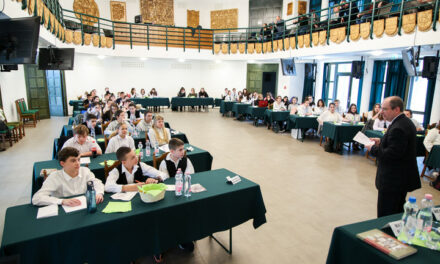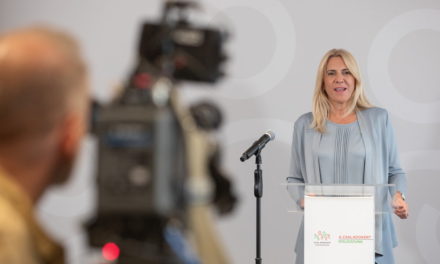Despite Karácsony's campaign promises, he continues to shy away from broad social consultation and insists on following his own visions instead of the will of the people of Budapest - Fidesz's capital organization responded to the mayor's announcement the other day, referring to a public opinion poll, that the majority of Budapest residents support the Budapest the car-free section of the lower wharf downtown, from the Lánchíd to the Erzsébet bridge. Karácsony will therefore "continue his insane vision, which would push the whole of Budapest into traffic chaos," predicted Fidesz from the capital on its social media page.
The ruling party believes that "the mayor's survey is not very convincing, according to him, 49 percent of Budapest residents support car-freedom compared to 43 percent, however, looking at the deceptive diagram, it turns out that in fact only 17 percent would completely hand over the quay to pedestrians, which is far from the wide from broad social consensus. In addition, several surveys prove the opposite of Karácsony's announcement, and the industry does not support his plans either: the Hungarian Automobile Club rejects the idea, and the Budapest Chamber of Commerce and Industry is launching an online consultation for the benefit of businesses operating here," they recalled.
They also pointed out that the mayor has not yet given an adequate answer to serious professional questions, for example, where would he direct Pest's north-south traffic, how would he reduce Budapest's car traffic, and how would he solve it so that the noise and air pollution due to traffic diverted from the quay to the inner streets? Instead of deceptive graphs, we expect real consultation, instead of digging ditches, compromises from the mayor of Budapest! - stated Fidesz.
The results of the research are indeed questionable, for example, after the mayor's registration was examined by the Index and a vote was launched: among the three options, based on the results so far, the proportion of those who reserve the wharf for car traffic leads the way, nearly 20,000 voted for this option, while 9,000 , who would completely or partially close the affected section.
This issue is extremely important to the mayor in a political sense, as it was one of his election promises, although the mayor himself knows that the measure does not enjoy full support among the citizens of Budapest. This is probably why he announced the closure of the wharf only after the parliamentary elections.
Dániel Deák, the XXI. The leading analyst of Szazad Intézet said during his post as mayor: "It is a brave thing to paralyze the city's traffic based on public opinion polls." He reminded Karácsony that the left had burned itself with similar surveys during the parliamentary elections.
Meanwhile, Bernadett Bakos, the parliamentary representative of the LMP, for example, urges the closure of the entire length of the wharf, and complains that, according to Gergely Karácsony, the introduction of the congestion charge is not timely. At the same time, he did not outline an alternative for which routes could be used to replace the quay's traffic.
Source: Magyar Hírlap
Author: Márton Brém-Nagy
Image: Szilárd Koszticsák












